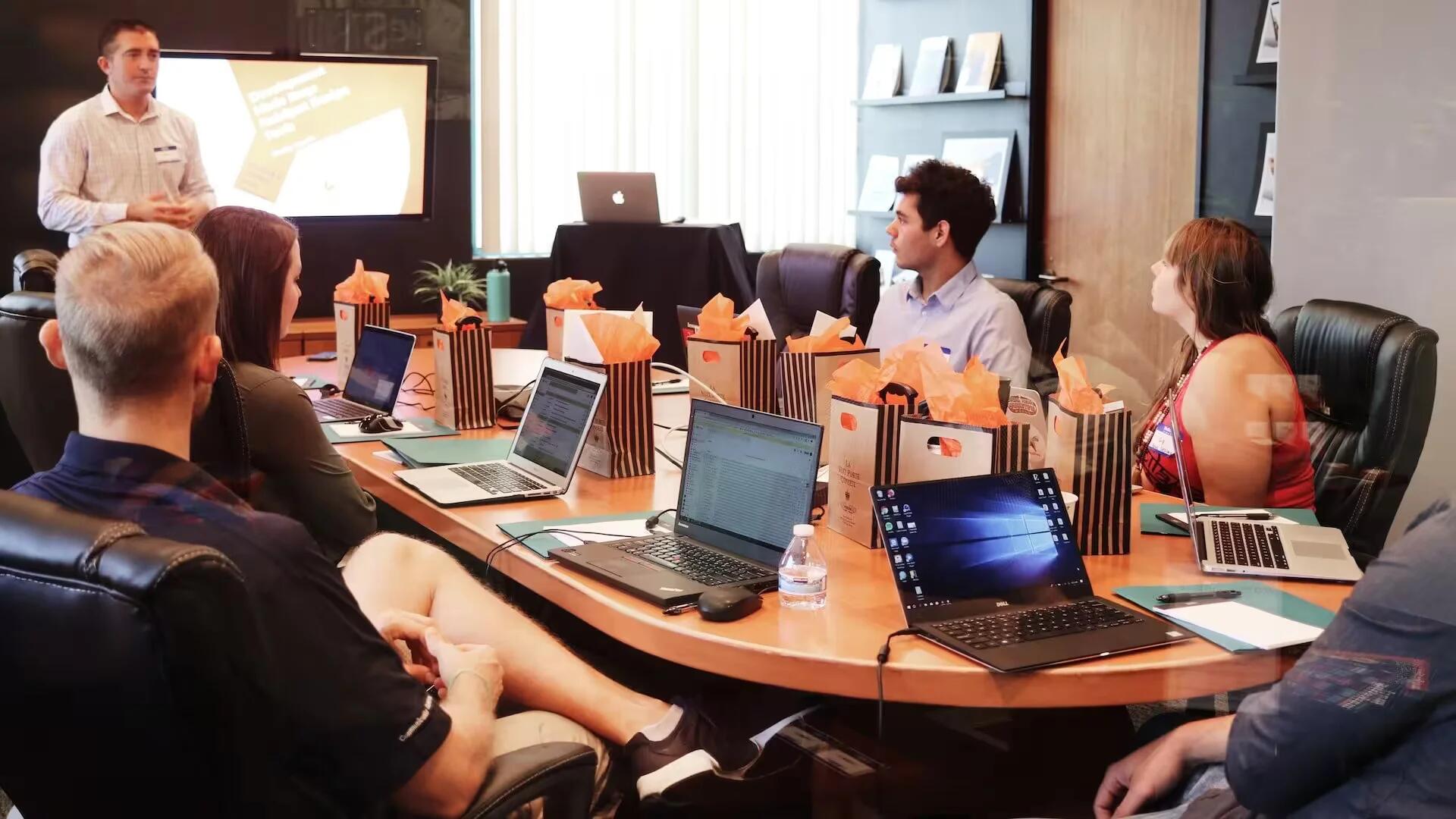Model monitoring is the process of monitoring and evaluating a model’s performance over time in machine learning (ML). Its primary goal is to identify any changes or abnormalities that may have an impact on a model’s precision, accuracy, or efficacy. However, simply collecting these metrics is not enough. Effectively communicating and visualizing these results is essential for stakeholders to understand and act upon the findings. This article delves into how you can enhance the communication and visualization of your model monitoring results.
The importance of clear communication
First, clear communication is key to conveying complex ML model monitoring results. This is particularly crucial when presenting these findings to non-technical stakeholders. It involves translating the technical jargon into understandable language and focusing on the implications of the results rather than the intricate technicalities.
Highlighting key metrics, the potential impacts on business, and recommended actions can make these results more digestible and actionable. By doing so, decision-makers can understand the health of the models, how they are influencing operations, and what actions may be needed to maintain optimal performance.
Effective visualization
Visualization is another significant element in communicating model monitoring results. Effective visualization can simplify complex data, highlight trends, and provide a more intuitive understanding of model performance. One powerful tool for visualizing model monitoring results is Aporia.com. They provide a robust platform for model monitoring, offering intuitive dashboards and graphical representations of your ML models’ performance. These visualization tools can effectively translate complex metrics into easily understandable formats, thus enhancing the communication of model monitoring results.
Creating comprehensive reports
Comprehensive reporting is important for effectively communicating and visualizing model monitoring results. It involves compiling the results and insights into a structured report, including text, tables, and data visualizations. These reports should cover aspects such as the current state of the model, any changes or anomalies detected, the potential impact on business operations, and recommended actions.
Remember, a good report does not just present data; it tells a story. It should clearly and logically walk the reader through the findings, highlighting the most essential information. This effective visualization can make your model monitoring results more understandable and actionable.
The role of regular stakeholder meetings
Regular stakeholder meetings provide an interactive platform for communicating and visualizing model monitoring results. During these meetings, you can present your findings, answer questions, and discuss potential actions. These sessions can also provide opportunities to gather feedback and understand what information stakeholders find most useful, allowing you to refine your communication approach.
By utilizing visual aids and tailoring your presentations to your audience’s level of understanding, you can ensure effective communication of model monitoring results. Moreover, inviting questions and discussions can help ensure all stakeholders understand the results and their implications, enhancing the decision-making process.
In conclusion, the importance of effectively communicating and visualizing model monitoring results cannot be overstated. Clear communication, effective visualization with tools, comprehensive reports, and regular stakeholder meetings are all integral to this process. By employing these strategies, you can ensure your model monitoring results are understood and acted upon, allowing your organization to maximize the benefits of machine learning models and maintain their optimal performance over time. As machine learning continues to evolve and permeate more aspects of business, these skills will become even more critical in driving informed decision-making and fostering a more profound understanding of these advanced technologies.
